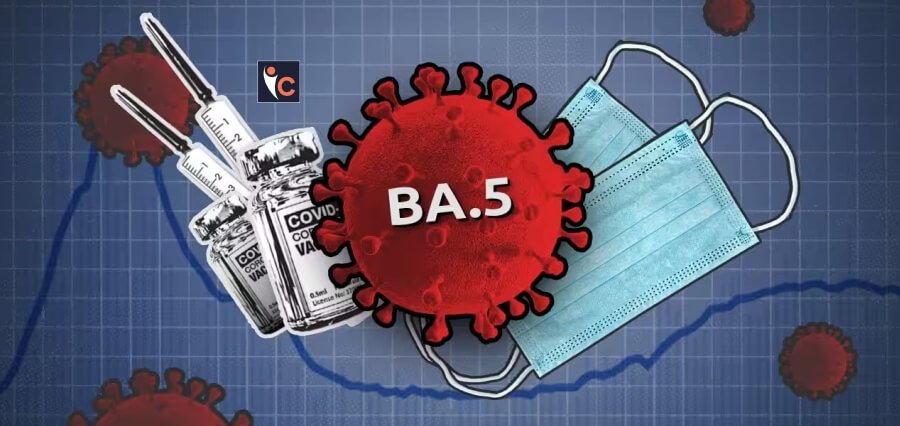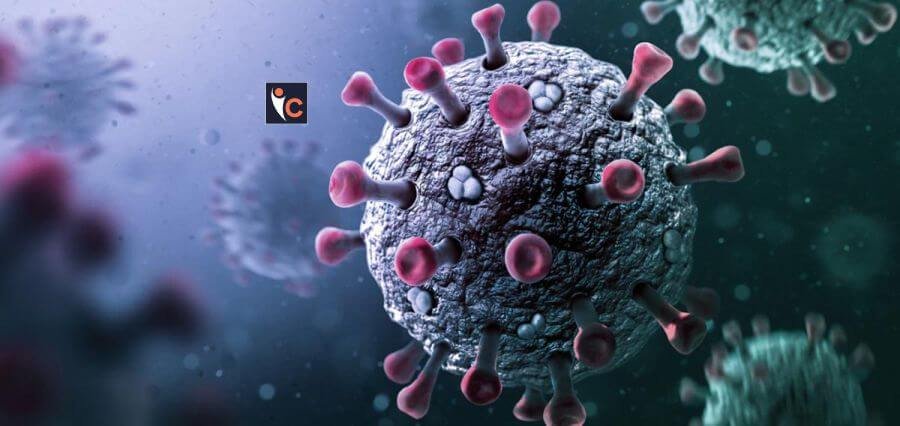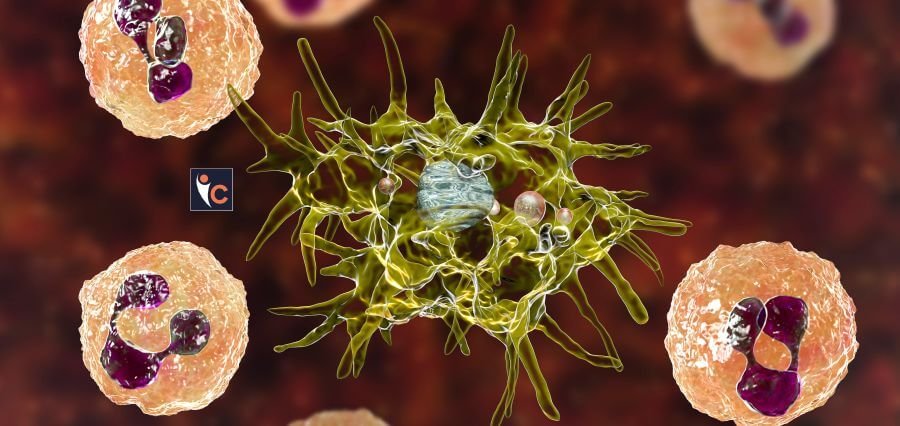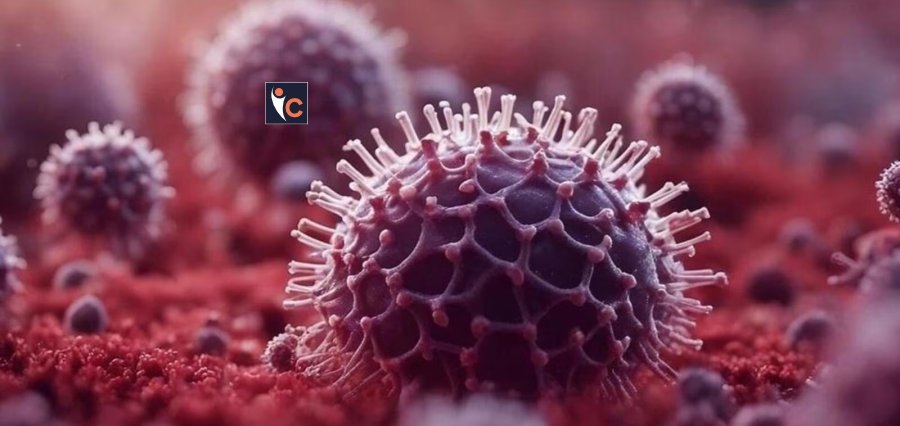In a study published in the journal Science Advances, scientists have utilized genetically engineered mice to investigate the differences in virulence among SARS-CoV-2 Omicron subvariants, revealing that the BA.5 strain is more virulent due to its rapid replication during early infection.
The researchers faced the challenge of understanding the behavior of rapidly evolving variants of concern due to the lack of suitable animal models for testing. To address this issue, they employed genetically modified mice known as K18-hACE2 mice, which express a human receptor allowing the virus to enter otherwise inaccessible mouse cells.
The study revealed that the BA.5 strain replicates much faster during the early stages of infection compared to other subvariants. This rapid replication triggers a strong immune response, leading to increased pathology and symptoms.
Prior to this research, there were no suitable small animal models for studying the new SARS-CoV-2 Omicron variants, as previous variants did not make animals ill.
The study enables the use of the K18-hACE2 mouse model to understand how the virus becomes pathogenic and to test the effectiveness of vaccines and antivirals against new Omicron subvariants.
While early Omicron BA.1 and BA.2 subvariants replicated and spread in the mice with minimal illness, BA.5-infected mice exhibited significant weight loss, lung pathology, high levels of inflammatory cells, and cytokines associated with inflammation. The age of the mice also influenced the severity of the infection, with older mice being more affected.
The mouse model offers a controlled environment for studying the immune system’s components and potential treatments. Researchers believe that targeting cytokines with drugs could be a potential treatment approach to mitigate the immune response and reduce symptoms.
The study highlights the similarities between the mouse model and how these subvariants behave in humans, particularly with BA.5 being more virulent in both. However, a key difference is that while most people infected with BA.5 did not die, the subvariant was highly lethal in K18 mice.
This mouse model offers a valuable tool for studying SARS-CoV-2 variants and understanding their behavior and potential treatments, providing insights that can benefit human health.





